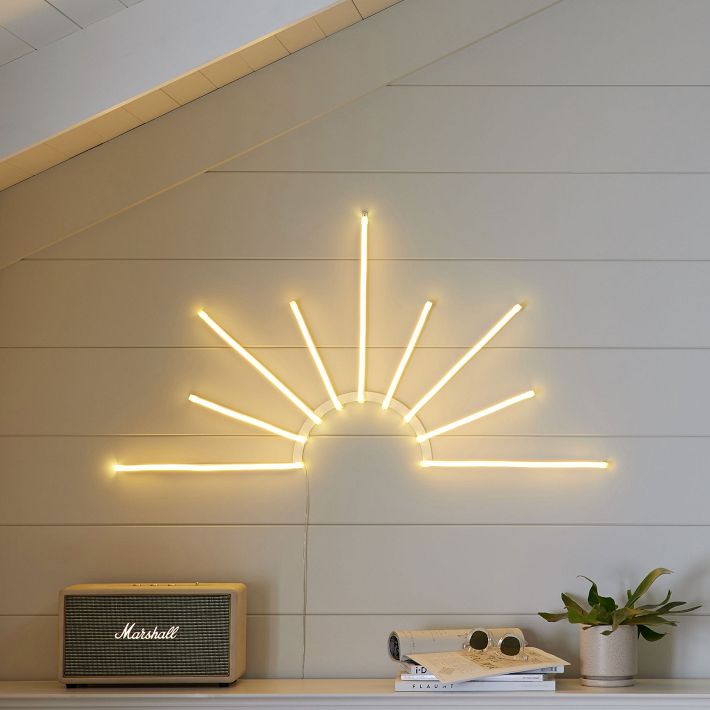Clarifying Light Emitting Diode Display Screen Illumination Measurements to Peak Display Functionality
Clarifying Light Emitting Diode Display Screen Illumination Measurements to Peak Display Functionality
Blog Article
Light Emitting Diode panel screens have become more and more popular in different environments, including residences and commercial spaces and public spaces. These panels tend to be recognized for their bright and vibrant displays, which make them ideal for conveying information, ads, as well as engagement. Nevertheless, comprehending brightness illumination levels for LED wall panels is essential for guaranteeing ideal visual performance. Brightness is measured using metrics known as candelas, that indicate how much light is emitted by a screen. A greater number of quantity in nits, the brighter the visual is. For instance, example, a panel with one thousand candelas is considerably more vivid compared to a with 500 nits, rendering this one more suitable in brightly lit settings.
When selecting an Light Emitting Diode panel screen, one becomes crucial in consider the environment in which it will be used. In brightly illumined areas, such as shopping malls or outdoor settings, a increased luminosity rate becomes essential for guaranteeing visibility. On the other hand, within dimmer settings, like theaters or conference rooms, a lower brightness level might be adequate. This is because excessive bright unnecessary luminosity within an dim setting may result in viewer discomfort among viewers, making it harder to focus on the display. Therefore, understanding the particular needs for an setup site can help in choosing the right brightness level for optimal viewing experience.
Another important element to consider is the contrast ratio of the LED wall screen. This ratio measurement indicates how much disparity exists between the brightest brightest white and the dark black which a screen is able to create. An greater differential proportion means that the display can show greater clarity and depth, which enhances overall image quality. For instance, a screen boasting an differential proportion at ten thousand to one is able to show visuals with more vivid colors as well as crisper features than a featuring a proportion at one thousand to one. Such becomes especially important when displaying visuals and videos that require greater definition as well as fine details, including presentations or promotional material.
Additionally, the technology mechanism behind Light Emitting Diode panel screens has a crucial role in the illumination as well as total performance. Different types of Light Emitting Diode methods, including OLED and Liquid Crystal Display, possess unique traits which impact how brightness is perceived. Organic Light Emitting Diode panels typically offer superior next page differential and deeper shades, thereby can enhance a visual experience within darker environments. On the other hand, traditional LED panels may be more suitable in well-lit environments due to their capacity to generate greater levels of portable led screens illumination. Comprehending these technological variances will help consumers to deciding on knowledgeable choices based on specific individual needs.
Finally, regular care as well as calibration for Light Emitting Diode panel panels can assist maintain optimal illumination as well as performance long-term. Dirt and dirt may accumulate on a screen, affecting its illumination and clarity of a visual. Periodic cleaning as well as expert adjustment can guarantee the the screen functions at top optimal, offering consistent image quality. Additionally, certain advanced LED panel panels feature built-in built-in options that enable users to modify brightness settings as well as color adjustments according to their wants. Through taking these steps, users can guarantee the their Light Emitting Diode wall panels deliver the optimal display efficiency, no matter the setting in that they are placed.